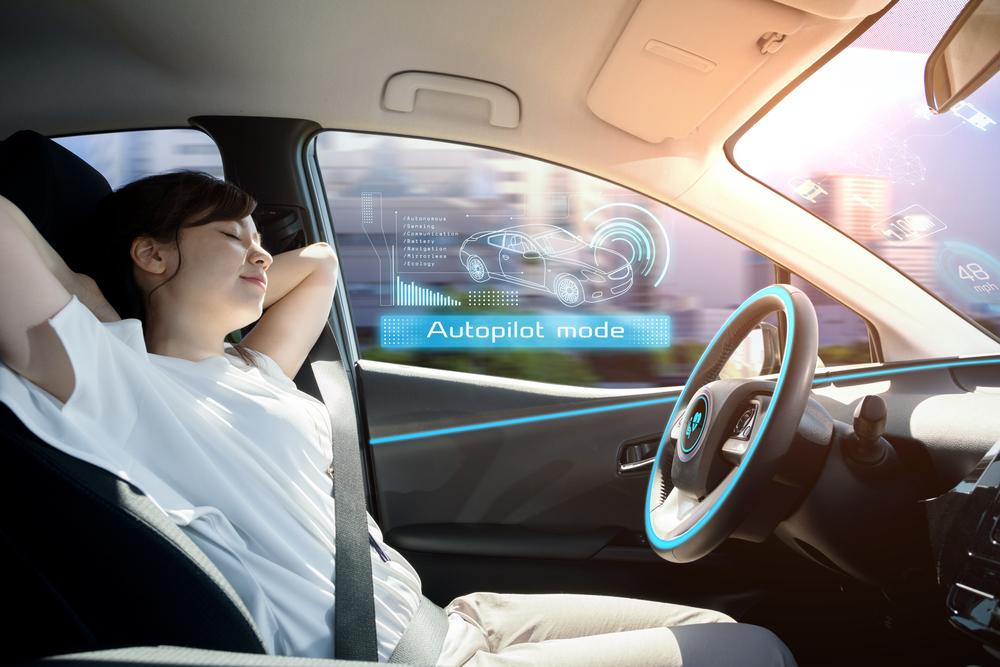Comprehensive Overview of Autonomous Vehicles: Innovations Shaping the Future of Transportation
This comprehensive article explores the evolution, types, safety benefits, challenges, and future features of autonomous vehicles. It delves into how these driverless cars are set to revolutionize transportation by improving safety, offering convenience, and overcoming environmental challenges. The piece provides in-depth insights into the technology, regulatory landscape, and what to expect as autonomous vehicles become an integral part of daily life. An informative guide for anyone interested in the future of mobility and autonomous driving innovation.

Comprehensive Overview of Autonomous Vehicles: Innovations Shaping the Future of Transportation
The evolution of transportation technology has led us to a new era where vehicles can operate independently without human intervention. Autonomous vehicles, often referred to as driverless cars, have transitioned from science fiction to reality thanks to advancements by pioneering companies like Waymo, Tesla, and Uber. These firms are conducting extensive tests across various states in the United States, including Arizona, Texas, and California, pushing the boundaries of what is technologically possible in self-driving car development.
While these vehicles might have seemed like futuristic concepts years ago, today they are actively being tested and refined, with commercial availability anticipated around 2022 and beyond. The prospect of seeing a driverless car gliding smoothly on busy streets no longer unerves the general public, as safety and reliability continue to improve with each iteration. The continuous evolution of this technology aims to revolutionize urban mobility, improve road safety, and offer unprecedented convenience for drivers and passengers alike.
Now, let’s delve into the most critical aspects of autonomous vehicles, exploring their types, safety implications, operational challenges, and innovative features, providing a detailed understanding of how these vehicles are poised to reshape transportation worldwide.
Below are four essential facts every enthusiast and potential user should know about self-driving cars and their impact on the future of mobility:
Understanding the Types and Levels of Autonomous Technology
Autonomous vehicles are classified into categories based on their level of automation, ranging from Level 0 (no automation) to Level 5 (full autonomy). Currently, most development focuses on Levels 2 through 4, with Level 5 representing cars capable of operating in any environment without human input. Fully autonomous cars utilize sophisticated sensors, including LIDAR, radar, cameras, and ultrasonic sensors, aligned with artificial intelligence systems that enable them to interpret their surroundings in real time. These vehicles can detect objects such as pedestrians, cyclists, and other vehicles from distances equivalent to two football fields, facilitating safe maneuvering even in complex scenarios.
Enhancing Road Safety and Reducing Human Error
Statistics reveal that human error accounts for about 90% of auto accidents worldwide. Autonomous vehicles have the potential to dramatically cut down on these incidents by eliminating factors such as distracted driving, fatigue, and impaired judgment. Experts estimate that fully autonomous cars could reduce traffic fatalities by approximately 300,000 annually, signifying a major breakthrough in road safety. This technology promises to create a safer driving environment for everyone, including vulnerable road users like pedestrians and cyclists.
Challenges Posed by Weather and Environmental Conditions
Despite significant progress, self-driving car technology still faces hurdles, particularly concerning adverse weather conditions. Heavy rain, snow, fog, and hail can impair sensor functions and visibility, complicating navigation and obstacle detection. Developing reliable sensors that perform accurately across diverse climates remains a key focus for automakers and engineers. Overcoming these environmental challenges is crucial for ensuring autonomous vehicles’ safe deployment in all weather conditions, thus expanding their usability worldwide.
Advanced Features Offering Convenience and Safety
Future autonomous vehicles are equipped with a host of innovative features that promise to enhance both convenience and safety. These include autonomous steering, braking, reversing, and parking systems that can operate seamlessly without human intervention. Vehicles will be capable of detecting siren sounds from emergency vehicles and automatically pulling over to clear the way. Additionally, the integration of advanced driver-assistance systems (ADAS) allows for hands-free driving modes, automatic lane changes, and adaptive cruise control. Such functionalities elevate the driving experience to a new level of comfort and security, heralding a future where driving is more relaxed, efficient, and safer.
In conclusion, autonomous vehicles represent a monumental leap forward in transportation technology, with ongoing developments promising to transform our roads, enhance safety, and deliver unmatched convenience. As these vehicles become more prevalent, understanding their capabilities, limitations, and impact on society is essential for both consumers and industry stakeholders. The journey toward fully autonomous transportation is complex, but its benefits are poised to redefine mobility globally, making roads safer and journeys more enjoyable.





